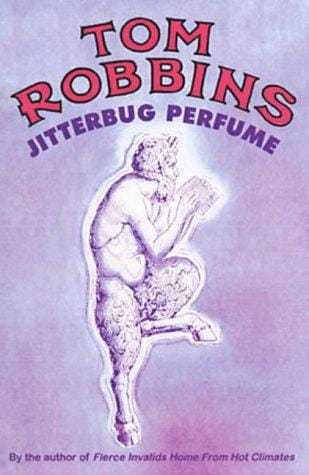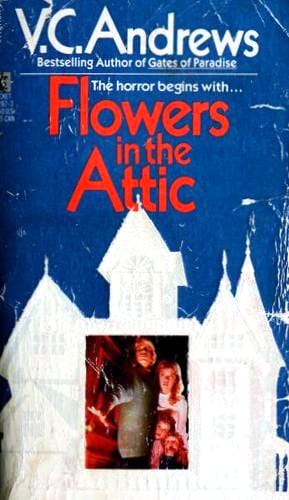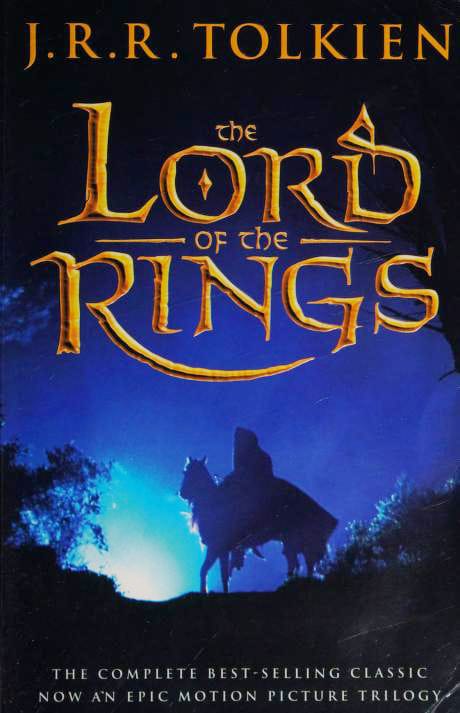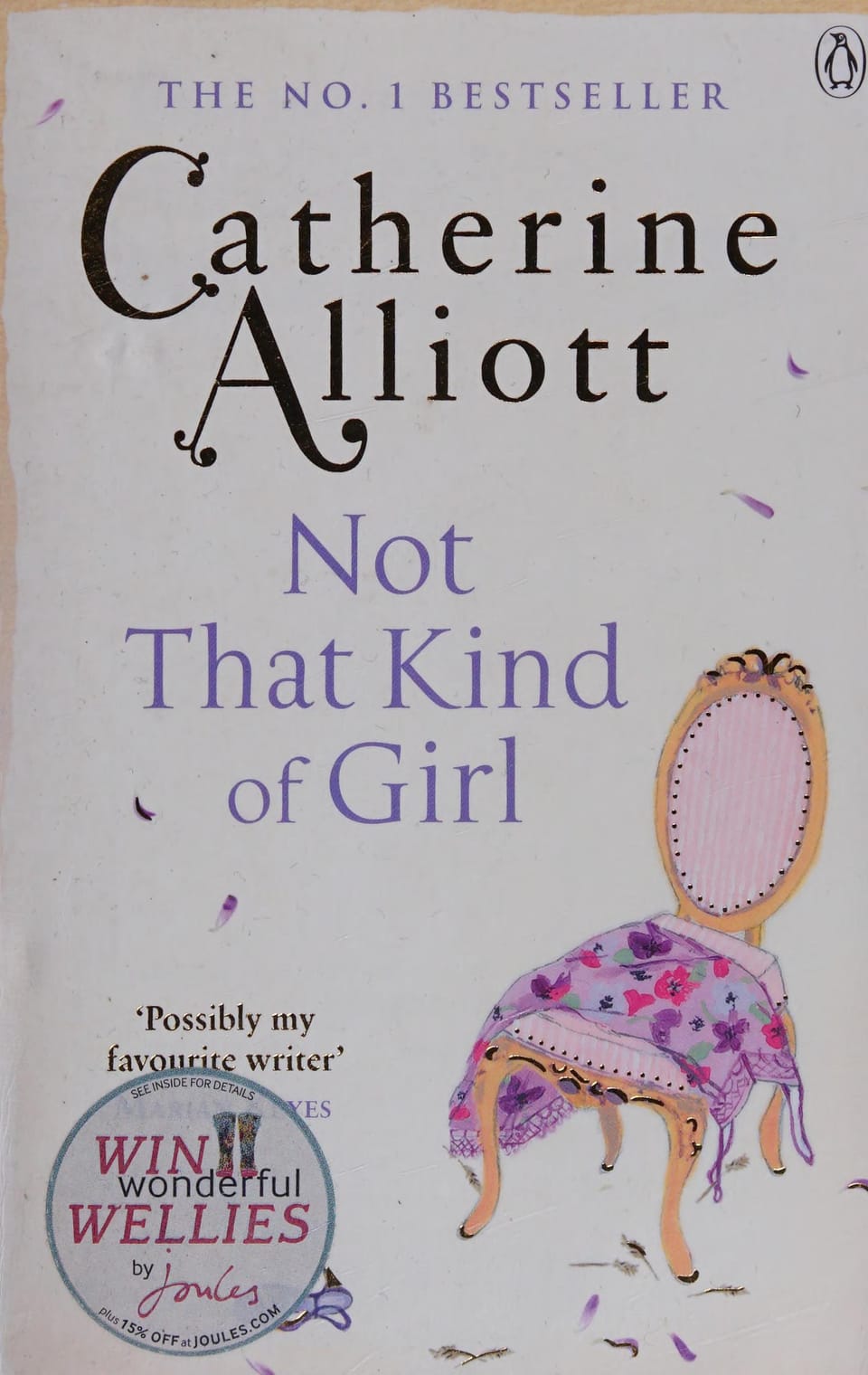Motherless Brooklyn: From Page to Screen
Explore Jonathan Lethem’s novel and Edward Norton’s film "Motherless Brooklyn"—plot, themes, characters, and why this Brooklyn noir remains essential.
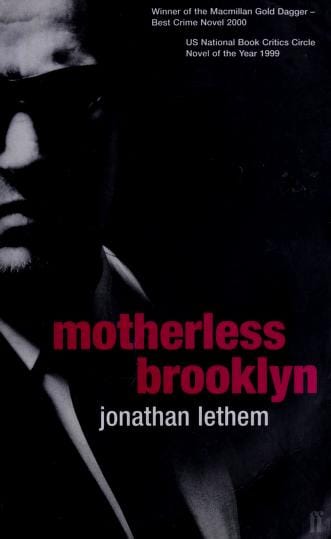
Introduction
Since its publication in 1999, Jonathan Lethem’s "Motherless Brooklyn" has held a special place in contemporary American noir. Blending a classic detective framework with a vividly rendered New York City and an unforgettable narrator who lives with Tourette’s syndrome, the novel earned both the National Book Critics Circle Award and a cult following. Two decades later, Edward Norton adapted and directed a feature film that re-imagines Lethem’s story for the big screen. This article explores the plot, characters, themes, and ongoing relevance of "Motherless Brooklyn," while helping fans decide whether to read, watch, or do both.
Plot Overview
At the heart of "Motherless Brooklyn" is Lionel Essrog, an orphan raised in a shabby Brooklyn Catholic boys’ home and later recruited by small-time mobster Frank Minna. Lionel’s razor-sharp memory makes him invaluable to Minna’s makeshift detective agency, but his involuntary tics, verbal outbursts, and compulsive patterns often complicate his street-level investigations. When Frank is brutally murdered, Lionel embarks on a quest to untangle the conspiracy behind his mentor’s death. The trail takes him through Brooklyn’s corners, Manhattan’s political machinery, and his own labyrinthine mind.
The Novel’s Structure
Lethem uses first-person narration to plunge readers directly into Lionel’s inner monologue, where obsessive wordplay and unfiltered observations collide. The result is a narrative voice that is both comic and heartbreaking, imbuing the detective genre with fresh urgency. The case unfolds linearly but is punctuated by Lionel’s digressions, making the mystery as much about identity as it is about crime.
The Film Adaptation
Edward Norton’s 2019 film shifts the setting from 1990s Brooklyn to 1950s New York, trading modern gentrification themes for post-war urban politics. Norton also steps into Lionel’s shoes, surrounding himself with an ensemble that includes Gugu Mbatha-Raw, Alec Baldwin, and Willem Dafoe. While key plot beats remain, the screenplay invents a Robert Moses–style antagonist and leans harder on institutional corruption. Jazz-infused scoring and period production design anchor the aesthetic, creating a cinematic homage to classic noir.
Main Themes
Both versions of "Motherless Brooklyn" explore marginalization, loyalty, and the search for personal agency. Lionel’s Tourette’s is never portrayed as mere gimmick; rather, it underscores how society stigmatizes difference while overlooking hidden talents. The story also interrogates systems of power—whether real-estate empires in the film or shadowy redevelopment deals in the novel—that prey upon the vulnerable. On a more intimate level, Lionel’s devotion to Frank Minna raises questions about chosen family and the moral gray areas of mentorship.
Character Spotlight: Lionel Essrog
What makes Lionel memorable is his contradictory nature: a keen observer trapped in a body that refuses to stay silent. His tics—rhythmic, pun-filled, sometimes profane—force readers and viewers to confront their own discomfort with neurological disorders. Yet Lionel’s outsider status grants him unique investigative advantages. He notices patterns others miss, and his relentless verbal gymnastics often coax hidden truths from suspects. In the film, Norton’s performance channels this tension through subtle physicality and calibrated bursts of dialogue, offering a respectful portrayal that avoids caricature.
Setting: Brooklyn as Character
Lethem’s Brooklyn is both familiar and mythical, teeming with corner bodegas, crumbling warehouses, and cramped apartments where generations collide. The borough’s rapid transformation—foreshadowing twenty-first-century gentrification—forms the backdrop for Frank Minna’s underworld maneuvers. In moving the story to the 1950s, the film reframes Brooklyn as a battlefront for urban renewal, complete with looming expressways and smoke-filled back rooms. Whether modern or mid-century, the setting functions as a living organism whose shifting landscape mirrors Lionel’s restless mind.
Why "Motherless Brooklyn" Still Resonates
More than two decades after its debut, "Motherless Brooklyn" feels strikingly current. Public conversations around neurodiversity have expanded, making Lionel’s depiction all the more valuable. Likewise, debates on city planning, housing justice, and political transparency echo the story’s central conflicts. Fans of genre fiction appreciate Lethem’s playful subversion of detective tropes, while cinephiles savor Norton’s lush, period-accurate filmmaking. Ultimately, the work endures because it balances high-stakes mystery with emotional authenticity.
Where to Watch and Read
The novel is widely available in paperback, e-book, and audiobook formats. Penguin Random House’s twentieth-anniversary edition features a new foreword by Lethem, making it an ideal starting point for newcomers. The 2019 film can be streamed on major platforms such as HBO Max and rented via Amazon Prime Video, Apple TV, and Google Play. For the best experience, consider reading the book first, then watching the adaptation to appreciate how each medium highlights different facets of the story.
Final Thoughts
"Motherless Brooklyn" exemplifies how a singular voice can reinvigorate a well-worn genre. Jonathan Lethem’s novel remains a benchmark in modern noir, while Edward Norton’s cinematic tribute introduces Lionel Essrog to a broader audience. Together they offer layered storytelling, ethical quandaries, and a richly textured portrait of New York City. Whether you’re a mystery aficionado, a literary fiction devotee, or a film buff searching for your next watchlist entry, "Motherless Brooklyn" is an essential stop on the cultural map of American crime narratives.
